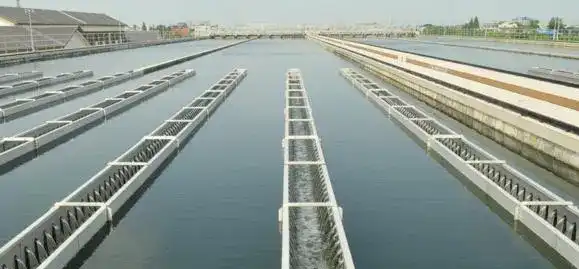Sodium hypochlorite generator can be used for secondary water supply treatment
When sodium hypochlorite comes into contact with water, it hydrolyzes to form hypochlorite and hypochlorite ions. Among them, hypochlorite has strong oxidizing properties and can destroy the protein and other enzyme systems of bacteria (viruses), thereby killing pathogenic microorganisms. Continuous disinfection effect with residual chlorine, simple operation, safer and more convenient than liquid chlorine, and cheaper than bleach powder.

Compared with chlorine gas disinfection, sodium hypochlorite has lower safety risks, does not pose any leakage hazards to human life safety, and does not produce toxic or harmful by-products. Studies have shown that during sodium hypochlorite disinfection, dichloroacetic acid (DCAA) in the factory water is lower than that in liquid chlorine disinfection, while trichloroacetic acid (TCAA) is basically equivalent. When sodium hypochlorite is used for disinfection, trihalomethanes (THMs) in the factory water are lower than liquid chlorine, and carbon tetrachloride (CCl4) is basically equivalent to the two. Overall, the amount of sodium hypochlorite disinfection by-products is lower than that of liquid chlorine.
